Introduction to CPU Ceramic Processor Scrap
In electronic waste recycling, CPU ceramic processor scrap is a significant source of precious metals, particularly gold. CPU, or central processing unit, ceramic processors are integral components of computer systems, traditionally housed within a ceramic casing that offers durability and protection. This protective layer not only aids in heat dissipation but also plays a crucial role in the effective functioning of microprocessors. Unlike their plastic counterparts, ceramic processors are known for their robustness and are commonly found in older computer systems.
The composition of CPU ceramic processors is noteworthy. They typically contain gold, silver, palladium, and other materials, contributing to their performance and reliability. The gold pins attached to the processors are particularly valuable, serving as electrical connectors that facilitate communication between different parts. Extracting these gold pins is a critical aspect of scrap recycling, as it allows recyclers to recover precious metals with considerable market value.
What differentiates CPU ceramic processor scrap from other forms of CPU scrap lies in its construction and economic potential. While modern processors often use lower-quality materials to minimize costs, the ceramic processors contain higher levels of precious metals, making them a more lucrative option for those involved in gold recovery. Their higher gold content is a key factor that makes CPU ceramic processors a sought-after commodity in the recycling industry. As the demand for gold continues to rise, understanding the value and significance of these processors will play a critical role in maximizing recovery efforts within electronic waste recycling.
Types of CPU Ceramic Processors Available for Sale
In electronic waste recycling, CPU ceramic processors serve as valuable sources of gold recovery, attracting the attention of scrap dealers and enthusiasts alike. Among the notable varieties available for purchase, the ceramic Pentium Pro stands out due to its robust construction and substantial gold content. This processor, designed during the late 1990s, is characterized by its unique ceramic packaging, which ensures durability and appeals to recyclers looking for high-yield materials. Its current market availability varies, but numerous suppliers often showcase significant quantities aimed at both large buyers and individual collectors.
Another prominent type is the CPU 486 ceramic, which retains relevance despite being older technology due to its acceptably high gold concentrations. Scrap from these processors is sought for their reliable composition, although the stock might be limited as they become increasingly rare. Many suppliers provide updates on inventory levels, making it essential for potential buyers to stay informed regarding the supply chain for this particular type.
Other ceramic processors include various models from the early Intel and AMD families, often recognized for their unique packaging and materials. Each type offers different grades of CPU ceramic scrap, which can significantly influence the level of gold recovery achievable. The quality of these ceramics can vary, leading to distinctions in price and demand across different processors. As the market for scrap gold continues to evolve, understanding these nuances will empower buyers to make informed decisions, optimizing their recycling efforts.
In conclusion, the various CPU ceramic processors available for sale, such as the ceramic Pentium Pro and CPU 486 ceramic, provide vital resources for gold recovery. Keeping track of stock availability and understanding the quality of these materials will aid buyers in maximizing their returns on CPU ceramic scrap investments.
Benefits of Buying CPU Ceramic Processor Scrap Online
Purchasing CPU ceramic processor scrap online presents numerous advantages that can significantly enhance the efficiency and effectiveness of the sourcing process. One of the most notable benefits is competitive pricing. Online platforms often provide access to various suppliers, enabling buyers to compare prices and find the best deals available. This competition among sellers can lead to lower costs, allowing businesses to maximize their return on investment when procuring scrap materials.
Moreover, the convenience of online shopping cannot be overstated. Buyers can browse for CPU ceramic processor scrap from the comfort of their locations without the need to travel to multiple suppliers. This accessibility streamlines the procurement process, saving valuable time and resources. With just a few clicks, purchasers can gather detailed information about the options available, ensuring they make informed decisions that align with their manufacturing needs.
Prompt delivery services are another significant advantage of online purchasing CPU ceramic processor scrap. Many reputable suppliers offer expedited shipping options, allowing businesses to receive materials promptly. This can be particularly important in urgent situations where immediate access to quality scrap is required for production schedules. Speedy delivery ensures that operations remain efficient and interruptions are minimized.
When sourcing CPU ceramic processor scrap, it is essential to select reputable suppliers to ensure a satisfactory purchasing experience. Buyers should look for suppliers with positive reviews, transparent business practices, and clear return policies. Establishing a relationship with trusted sources enhances future transactions and supports the overall goal of maximizing gold recovery through high-quality materials. By embracing online purchasing, businesses can leverage these benefits for improved operational outcomes.
Gold Recovery Process from CPU Ceramic Scrap
The recovery of gold from CPU ceramic processor scrap involves a systematic approach that utilizes specific tools and techniques to ensure efficiency and safety. The first step in the gold recovery process is carefully disassembling the CPU. This involves using an appropriate screwdriver to remove screws and clips that hold the ceramic casing in place. Once the casing is removed, the gold pins typically found on the underside can be accessed. These pins are often the primary source of recoverable gold.
To extract the gold pins effectively, a pair of tweezers or pliers is recommended, as they allow for precise handling without damaging the fragile structures of the CPU. Gathering these pins carefully and placing them in a designated safe container is essential. After the pins are collected, various recovery methods can be employed to separate the gold from the alloy used. One of the standard methods involves chemical processes, such as aqua regia, a potent mixture of hydrochloric and nitric acids. This method dissolves the gold, allowing it to be filtered and precipitated in solid form.
Safety precautions are vital throughout this process. Working with chemicals poses significant risks, including toxic fumes and skin irritation. Therefore, wearing protective gear, including gloves, goggles, and a respirator, in addition to conducting these procedures in a well-ventilated area is crucial. Furthermore, care should be taken to avoid injury when handling sharp objects or electronic waste.
In terms of efficiency and profitability, recycling CPU ceramic processor scrap is an attractive option for individuals and businesses. As e-waste continues to increase, the value derived from the gold recovery process only enhances the economic viability of this practice, making it a rewarding venture.
Conclusion and Call to Action
In reviewing the advantages of investing in CPU ceramic processor scrap, it becomes evident that this material represents a viable and valuable avenue for gold recovery. The inherent value of gold contained in these processors can bolster financial returns and contribute to sustainable practices within the recycling industry. By properly sourcing and processing CPU ceramic scrap, individuals and businesses can enhance their resource efficiency while reducing electronic waste, a significant environmental issue today.
Investing in CPU ceramic processor scrap is not merely a financial decision; it also aligns with broader efforts to promote sustainability. As electronic devices become increasingly prevalent, the need for effective recycling solutions will only intensify. Engaging with suppliers who provide quality scrap can lead to optimal yields, ensuring that valuable materials are reclaimed effectively. Thus, interested parties must act promptly to secure quality materials before they are depleted. The CPU ceramic processor scrap market is dynamic, and timely investment can yield substantial rewards.
We encourage readers to explore the many online options for acquiring CPU ceramic processor scrap. Connecting with reputable suppliers can provide opportunities for individual collectors and larger enterprises seeking to optimize their electronic waste recycling efforts. Through informed decisions and responsible practices, stakeholders can play a pivotal role in maximizing gold recovery while contributing positively to the environment. We invite you to take the next step in your recycling journey and join the movement towards sustainable gold recovery.

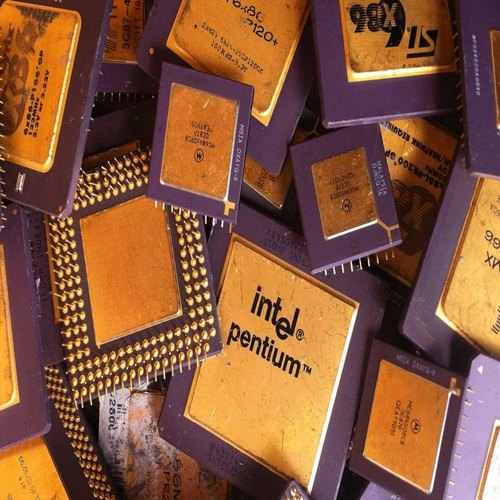
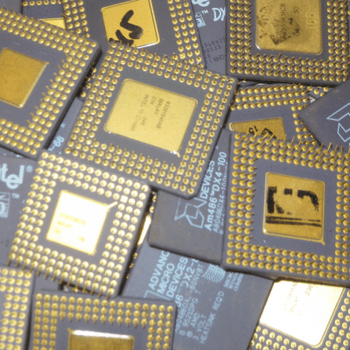
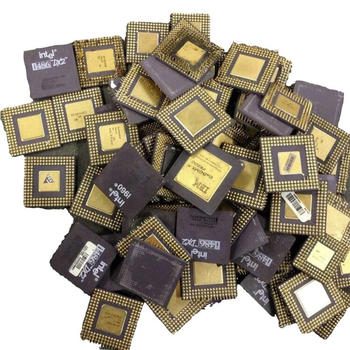
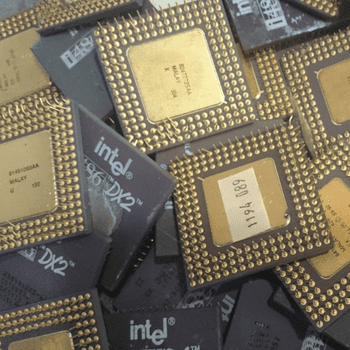
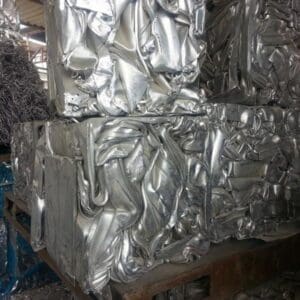

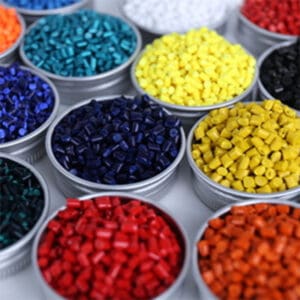
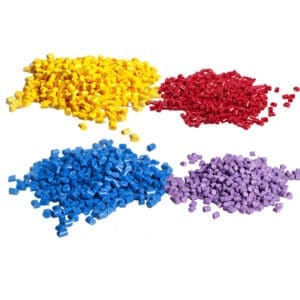


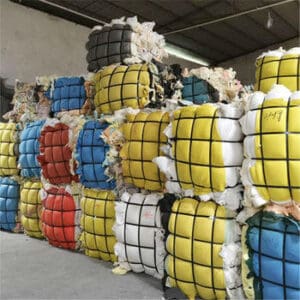
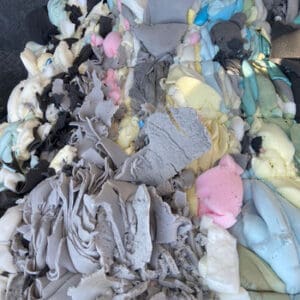


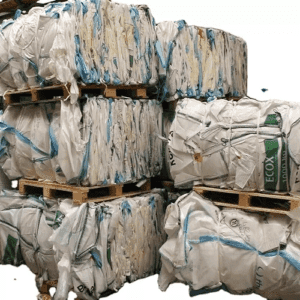
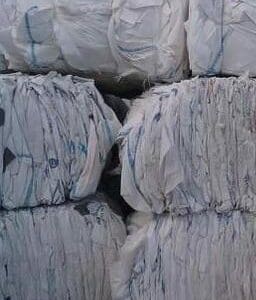




Reviews
There are no reviews yet.